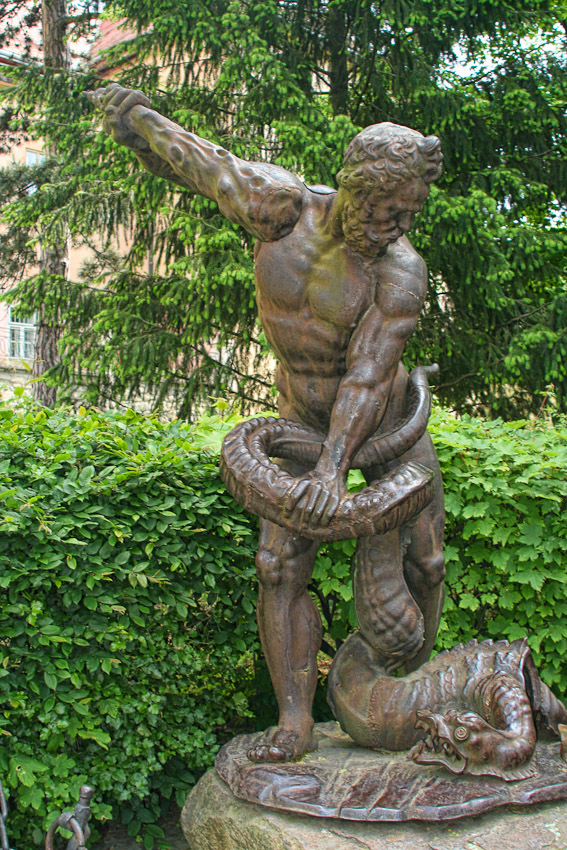What is HDR?
In image processing, computer graphics, and photography, high dynamic range (HDR) is a set of techniques that allow a greater dynamic range of luminances between the lightest and darkest areas of an image than standard digital imaging techniques or photographic methods. This wider dynamic range allows HDR images to more accurately represent the wide range of intensity levels found in real scenes, ranging from direct sunlight to faint starlight.
What is HDR?
Today's Photo - Summer Sunset (HDR)
This photo was taken just outside of Vyshgorod, Ukraine, July 2010.
~~ Processing Notes ~~
1. Create two virtual copies of original photo in Lightroom. Photo #1 = -2EV, Photo #2 = 0EV, Photo #3 = +3EV
2. Export the three copies to Photomatix. Select "Create HDR." Use the settings selected by the program.
3. Import back to Lightroom. Crop trees on right side of photo.
4. Export to Photoshop. Filter > Topaz Adjust > Clarity (preset).
5. Save back to Lightroom. Seemed too bright for my liking, so set the exposure to -.75. Adjusted clarity up to +71.
6. DONE !












